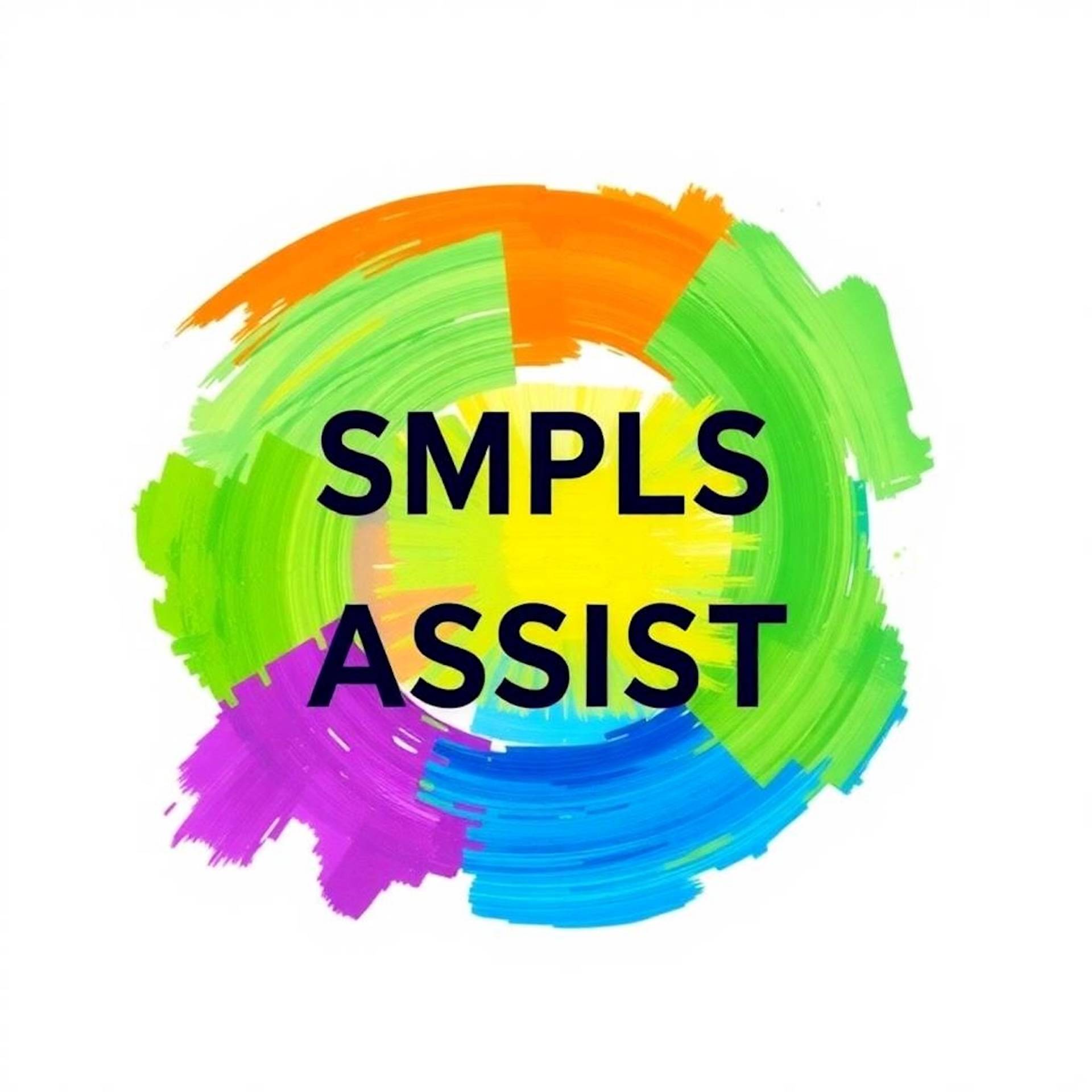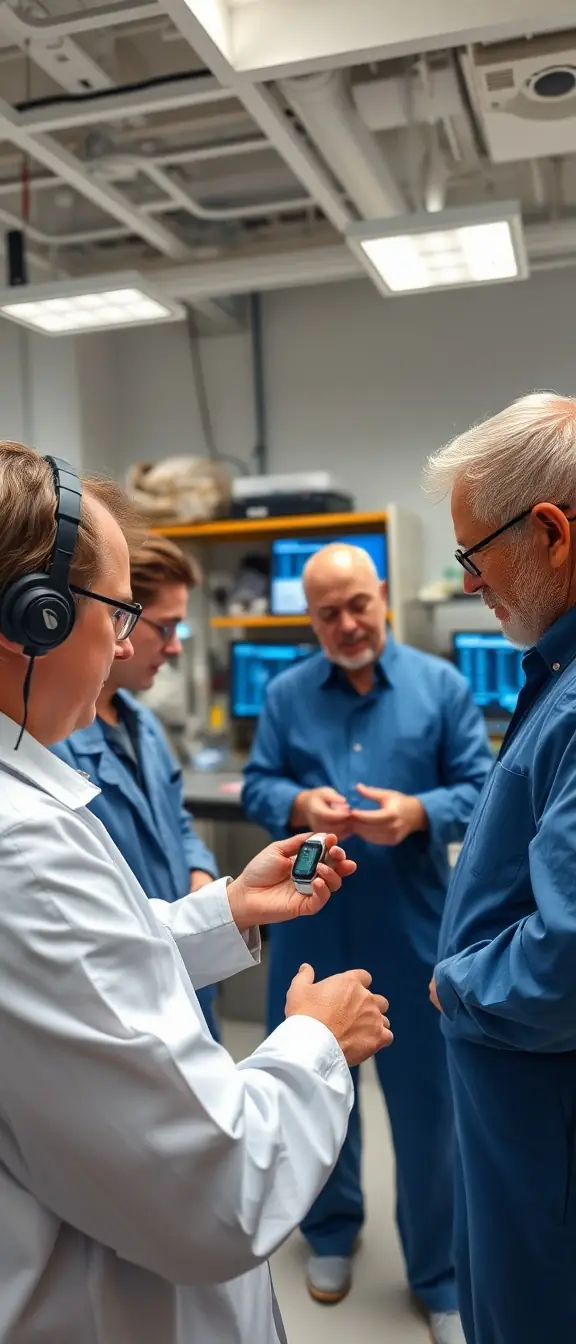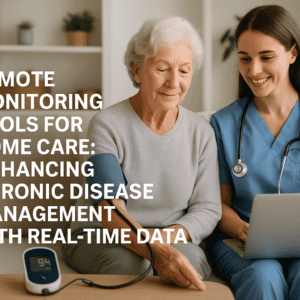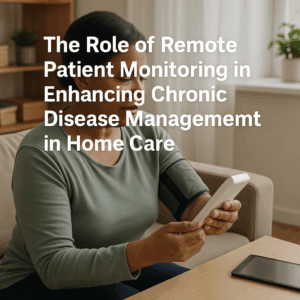How Digital Health Solutions Are Changing Home Care Services
Introduction
As people worldwide get older and healthcare costs go through the roof, more and more people need help at home. Going to the hospital can be like planning a trip to Mars (those lines are longer than any space trip!), but home care lets you get medical help in your own cozy house. Yet, regular home care has its problems, like high costs, not enough access, and uneven quality. But now, digital health technology is here to save the day with its cool apps and gadgets that make everything easier. In this blog, we’ll explore how these new technologies are improving home care.
The Current State of Home Care Services
Traditional home care is like having a helpful nurse bustling about with a stethoscope, bandages, and a talent for finding veins. While super valuable, it can be tough due to these issues:
High Costs: Traditional home care can empty your wallet faster than you can say “supercalifragilisticexpialidocious” because it requires exceptional staff and tools.Limited Accessibility: Not everyone has super-fast healthcare nearby, especially in rural areas or areas that don’t have many services.
Healthcare Staffing Shortages: There are just not enough healthcare workers for all the patients, like trying to squeeze an elephant through a tiny hole.
Inconsistent Quality of Care: Sometimes, getting care might feel like a box of chocolates—you never know what you’ll get!
Key Digital Health Solutions Transforming Home Care
But don’t worry! Digital health solutions are here to help—cue the superhero music! Here’s how they’re shaking up home care:
Remote Patient Monitoring (RPM)
– Continuous Health Monitoring: RPM devices quietly collect health data, like blood pressure and sugar levels, right from the comfort of home.
Benefits: Both patients and healthcare workers love it because it provides nonstop, up-to-the-minute information, making managing health as active as a squirrel with extra energy.
Telemedicine
– Virtual Consultations: Now, you can chat with a doctor from your comfy couch in your pyjamas, turning “home sweet home” into “home sweet health.”
– Improved Accessibility: Telemedicine opens doors to people who once couldn’t get help because of where they live or because of hard-to-get services.
Mobile Health Applications (mHealth)
– Patient Empowerment: mHealth apps are like mini Swiss army knives on your phone, helping with health management, medicine reminders, and even meditation.
– Popular Apps: Calm, MyFitnessPal, and Medisafe are super popular and make home care fun and smart.
Wearable Devices
– Real-Time Monitoring: Gadgets like Fitbit and Apple Watch turn your daily life into a stream of helpful data. Watching your heart rate while watching TV? That’s pretty epic!
– Impact: They motivate people by giving instant feedback and even a friendly nudge to move around more.
Artificial Intelligence and Machine Learning
– Predictive Analytics: AI can predict health risks like your grandma predicts rain—but in a much more scientific way.
– Diagnostics Support: AI tools help doctors make decisions fast, so you don’t have to spend time guessing.
Integrated Care Platforms
– Streamlined Communication: These platforms connect patients, caregivers, and doctors like the notes of a beautiful song, making sure everyone knows what’s going on.
– Enhanced Care Coordination: They make everything run more smoothly, improving patient care like a perfectly played jazz band.
Benefits of Digital Health Solutions in Home Care
Digital health solutions make life easier, more efficient, and a bit magical for patients, caregivers, and doctors:
1. Improved Patient Outcomes: Knowing everything about a patient’s health helps doctors give faster, more personalized care.
2. Enhanced Data Collection: With lots of data, healthcare workers don’t have to guess—they can be right on point.
3. Greater Autonomy: Patients have more say in their care, guiding their own health journey.
4. Reduced Costs: Preventative care and fewer trips to the hospital save money (leaving more for fun stuff like vacations or watching cat videos!).
5. Caregiver Support: Digital health helps caregivers become even more super without needing a cape.
Challenges and Considerations
Even in a world of unicorns, there are challenges:
– Data Privacy and Security: Keeping people’s health information private is super important.
– Digital Literacy: Not everyone is good with technology; some people find it tricky.
– Regulatory Compliance: Following rules can be like putting socks on an octopus—hard but necessary.
– Integration Concerns: Fitting new tools into old systems can be like fitting a square block in a round hole.
Future of Digital Health in Home Care
The possibilities for digital health in-home care are endless:
– Personalized Medicine: Imagine healthcare so tailored that it feels like it was made just for you.
– Precision Home Care: Care will improve by giving precisely what’s needed at the right time.
– Patient Engagement: New tech will get patients more involved, bringing more smiles per health check than ever.
Conclusion
Digital health solutions are changing home care in amazing ways. They improve healthcare outcomes and patient experiences and make healthcare more reachable and affordable. At SMPLSINNOVATION, we’re excited to embrace these new solutions because they can make a difference in people’s lives.
We’d love to hear from you! Have you or someone you know experienced healthcare changes thanks to digital solutions? Share your stories in the comments. Or do you have ideas about the future of technology in-home care? Please don’t be shy; let’s chat and innovate together!





